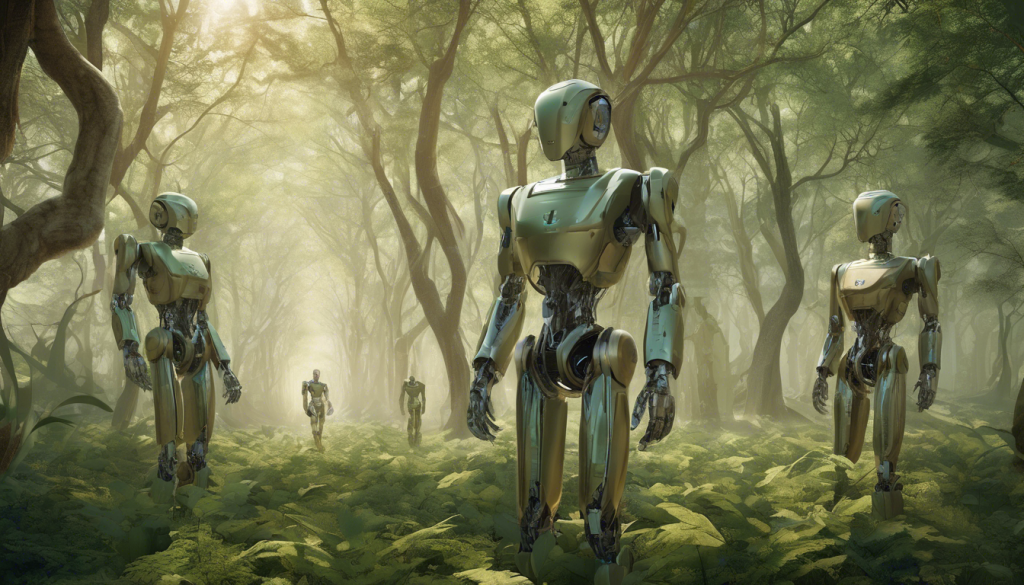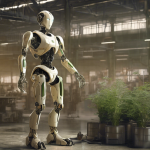
Humanoid Robots: No Longer Science Fiction, But Reality at Our Doorstep
The future we once only imagined in sci-fi movies is rapidly materializing. Major companies like Tesla, BYD, and Hyundai are investing billions in humanoid robots with remarkable capabilities that are beginning to transform our world.
Tesla's Optimus robot recently showcased its ability to perform ballet and shuffle dancing with impressive fluidity—learning these movements simply by watching videos. Meanwhile, BYD plans to release its "Boyoboard" household assistant by December 2025, capable of handling laundry, cleaning, and dishwashing for approximately $10,000.
These robots are already making inroads in critical sectors:
- Healthcare: AI-powered robotic nurse assistants like Foxconn's "Nurabot" could reduce human nurses' workload by up to 30%
- Manufacturing: Tesla plans to produce 10,000 Optimus units by the end of 2025, while BYD aims to deploy 20,000 humanoid robots by 2026
- Household Services: Robots are demonstrating improved capabilities in ironing, cooking, vacuuming, and other domestic tasks
Despite impressive progress, challenges remain in mobility, dexterity, energy efficiency, and AI capabilities. The economic implications are significant—potentially displacing certain jobs while filling critical labor gaps in aging populations and boosting productivity substantially.
According to Morgan Stanley, the humanoid robot market could reach an astonishing $5 trillion by 2050, with nearly 1 billion units in use globally.
Sam Altman, OpenAI's CEO, recently predicted that seeing humanoid robots walking alongside humans on streets is "not very far away." This raises important questions about regulation, ethics, and accessibility as we prepare for this new reality.
As these sophisticated machines begin to walk among us, how will you prepare for a world where human-robot interaction becomes commonplace?
Read Oliver's full deep dive here
If you found this insight valuable, please share it with colleagues navigating our increasingly robotic future.


